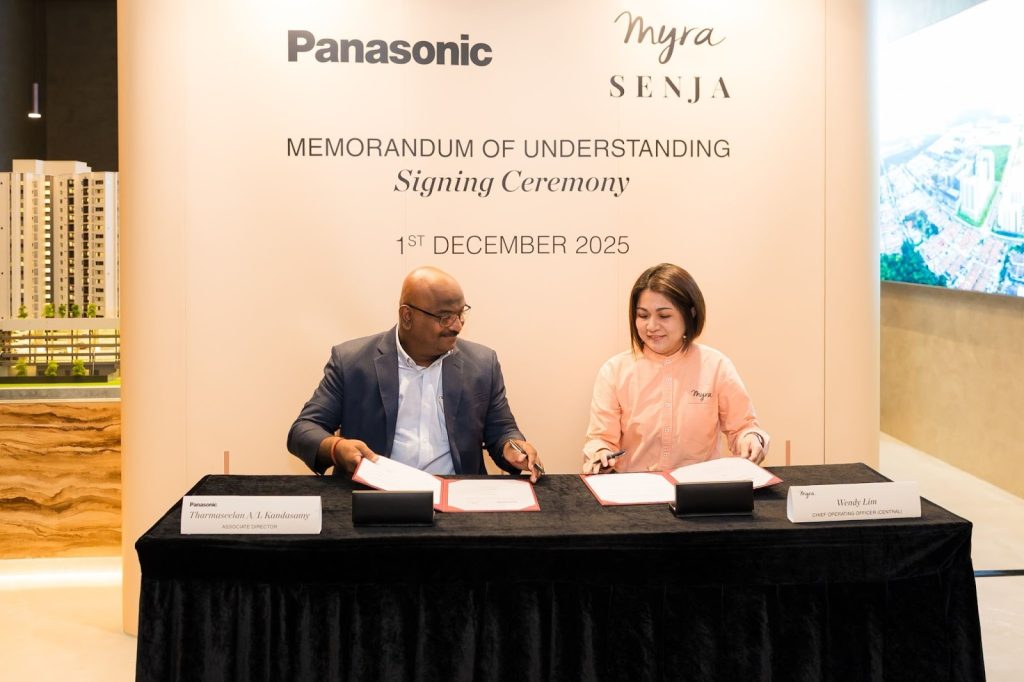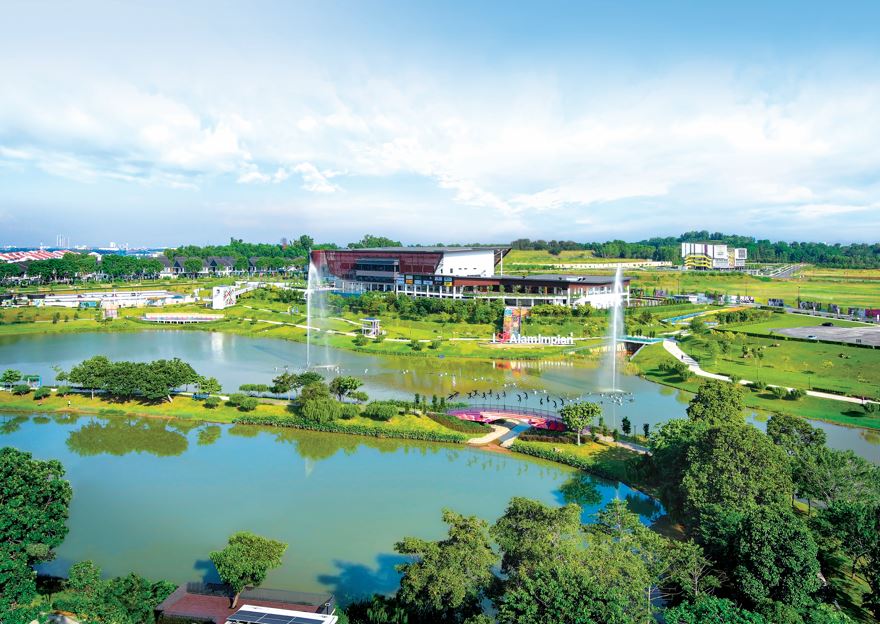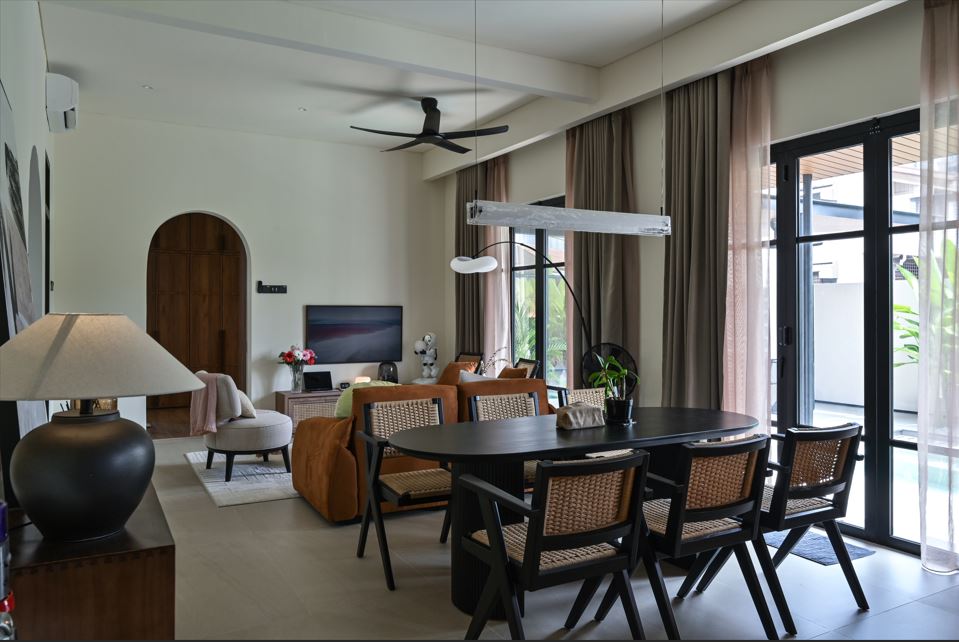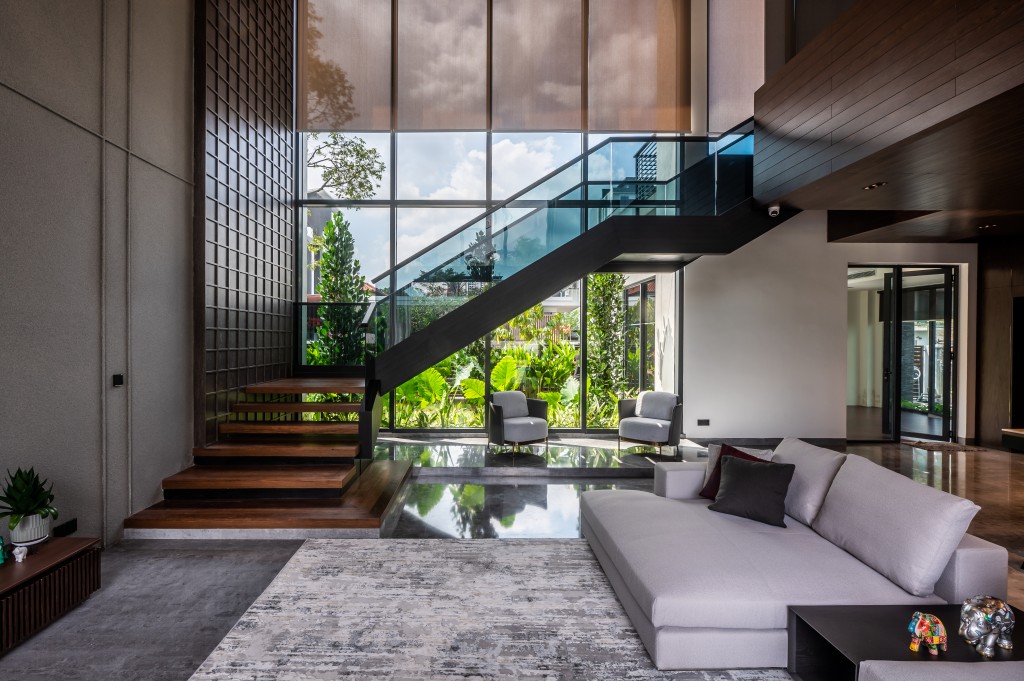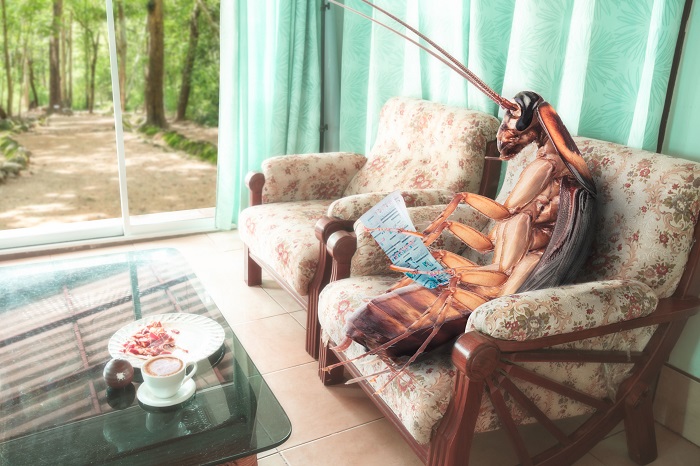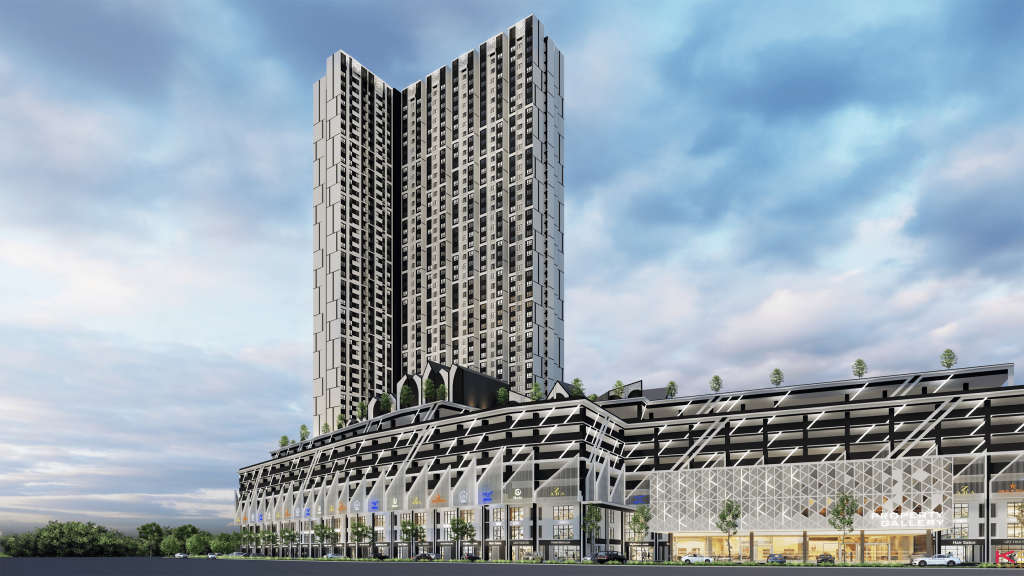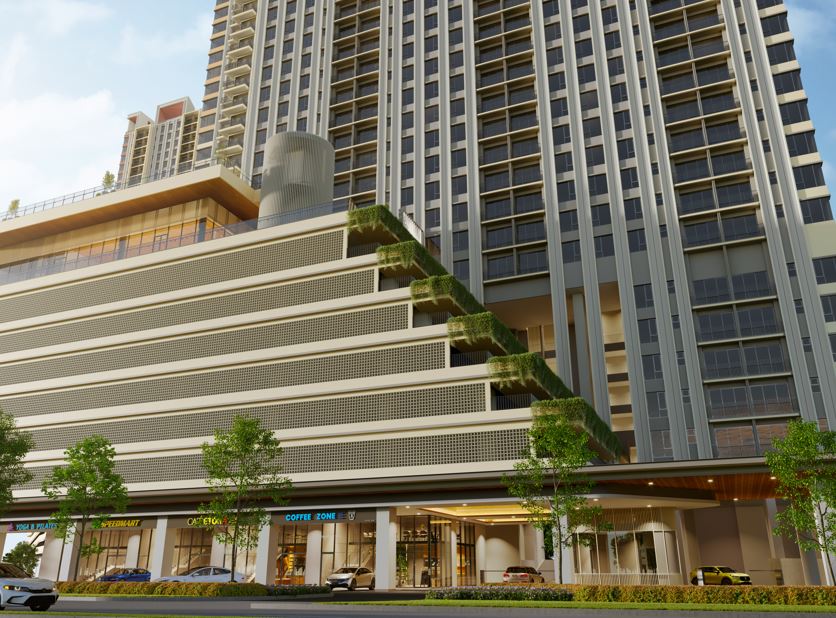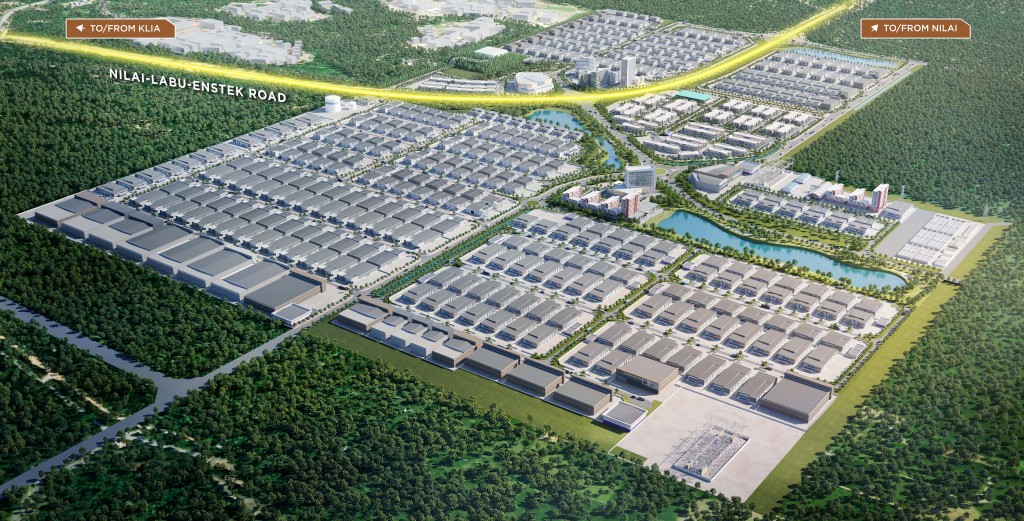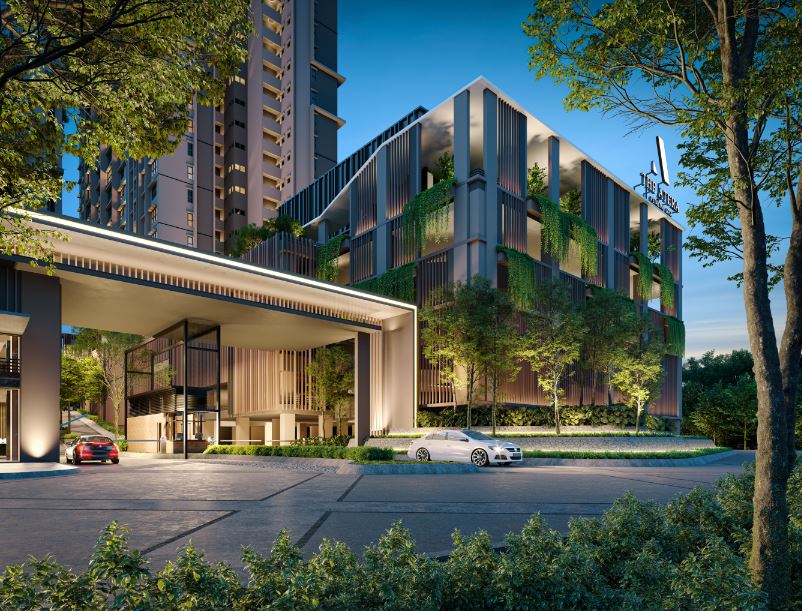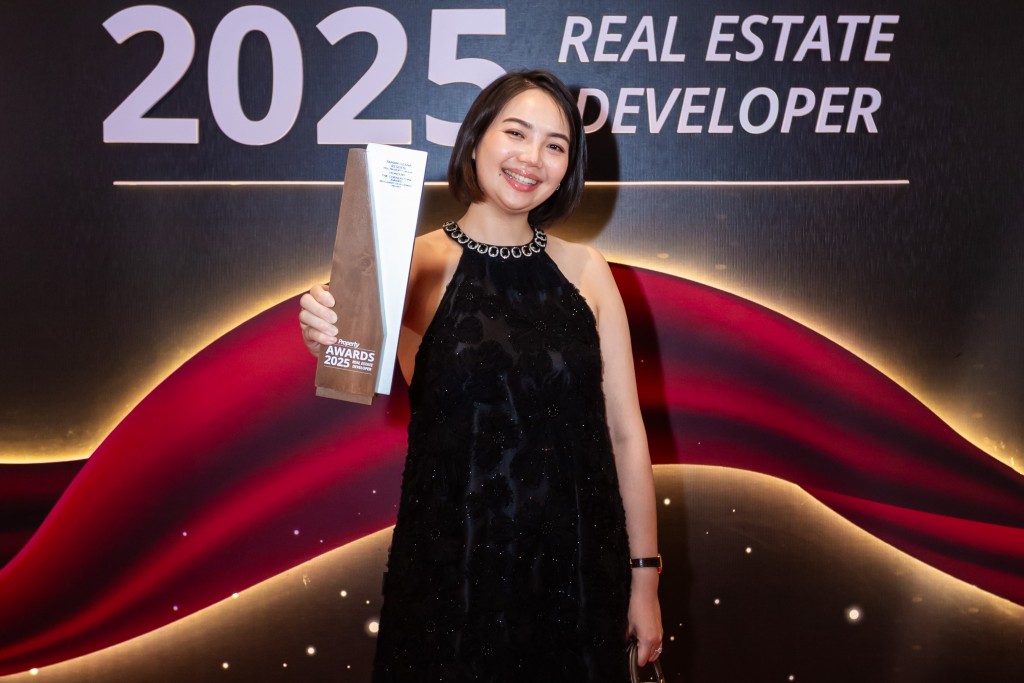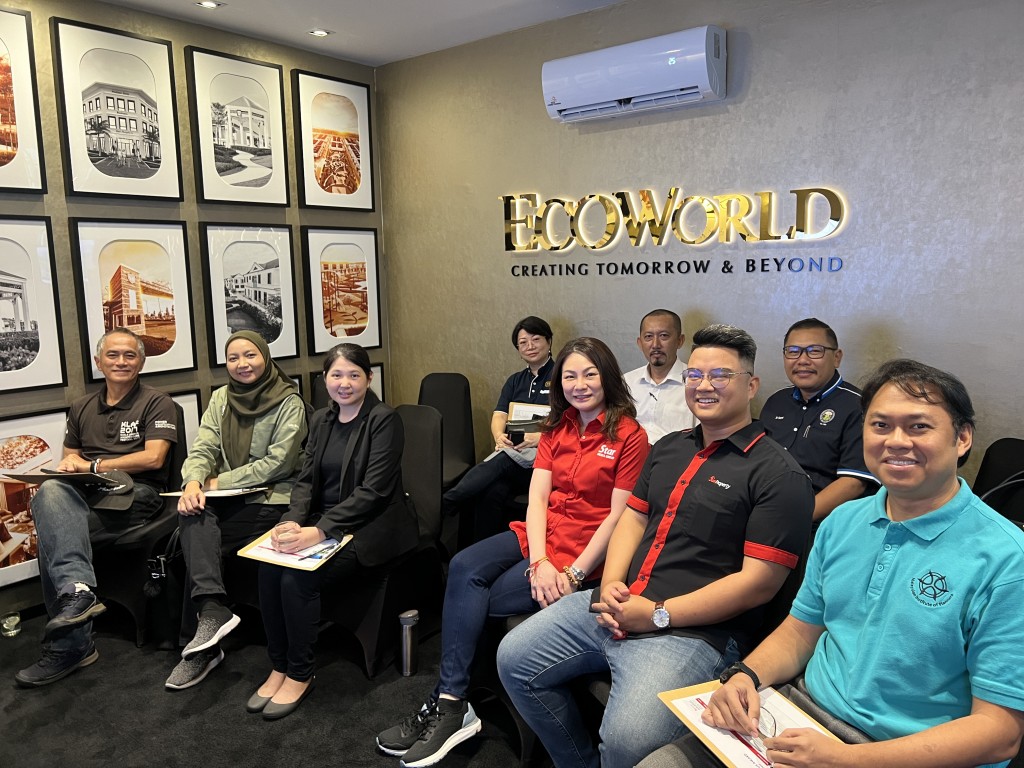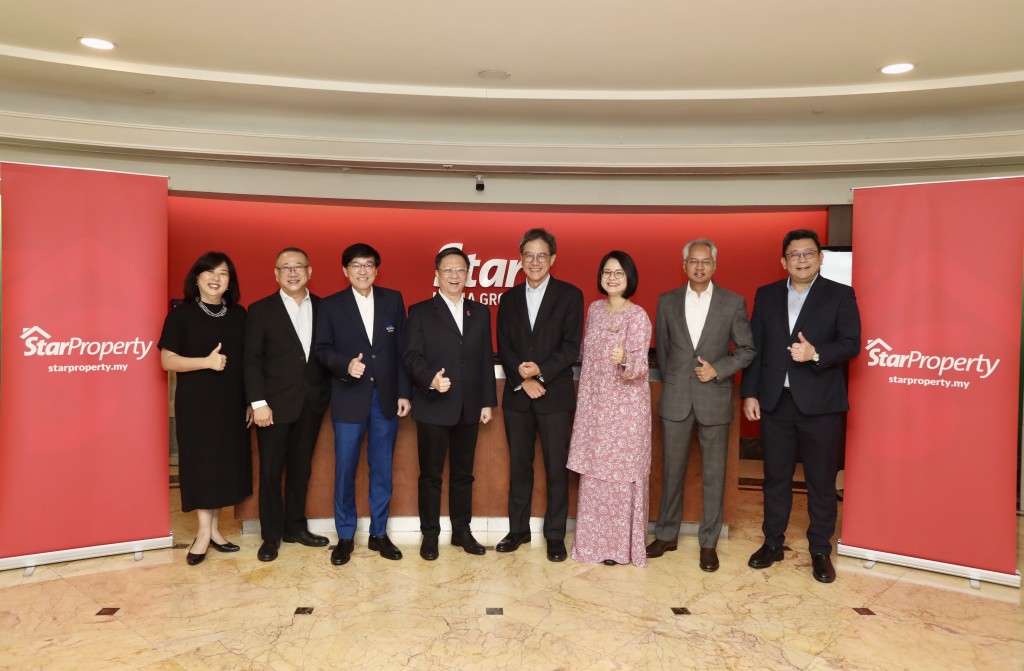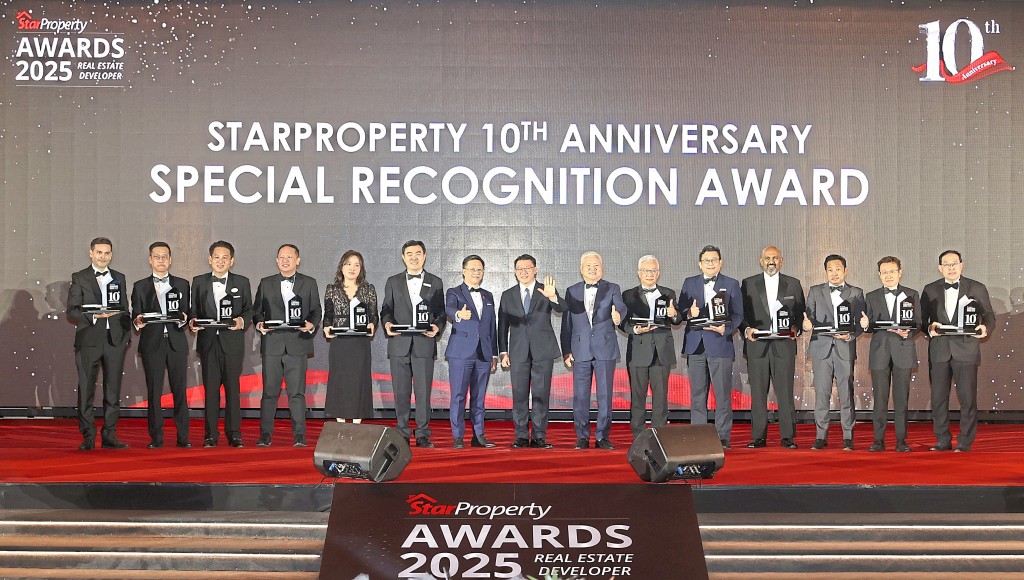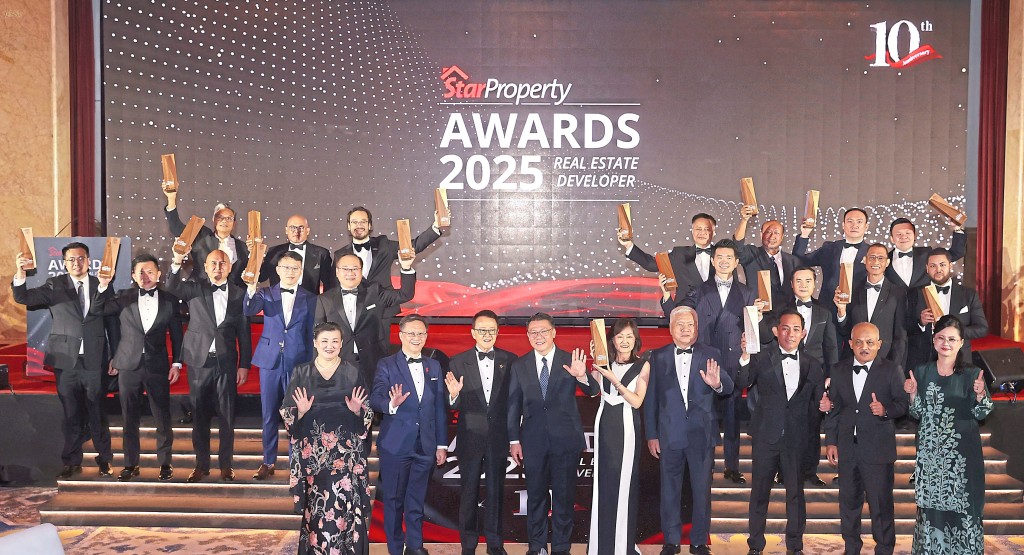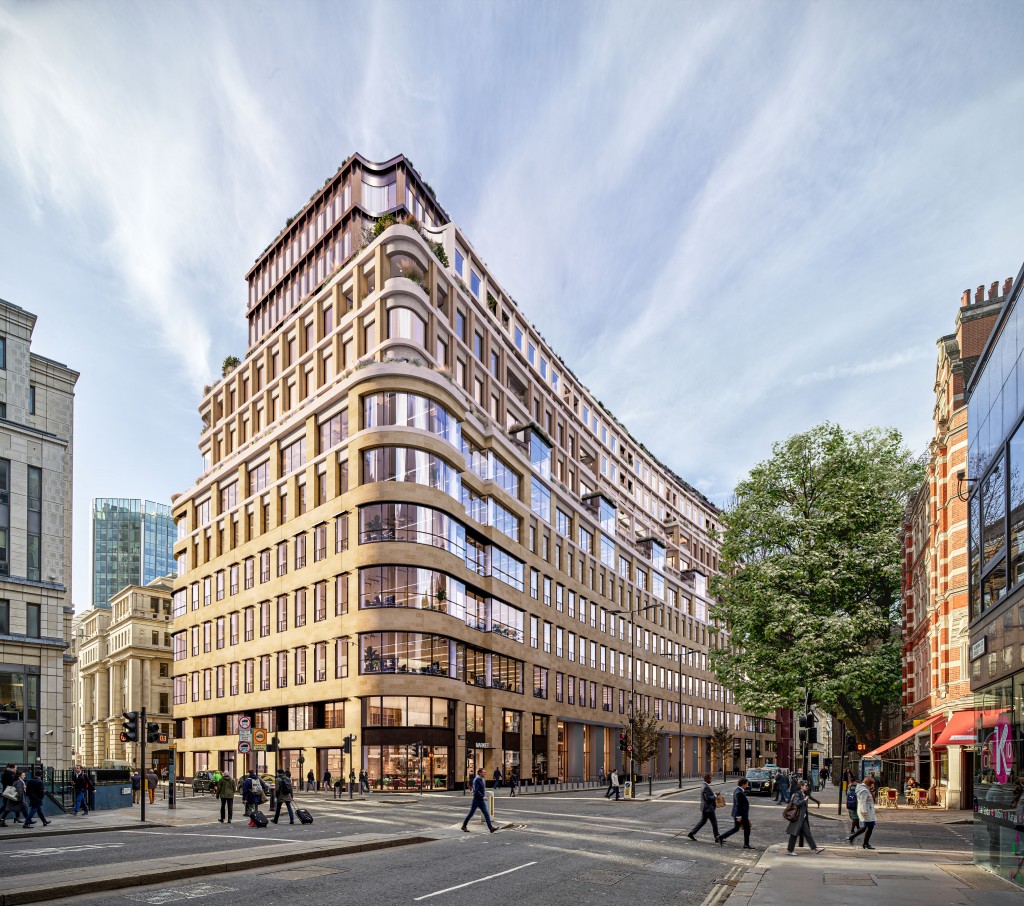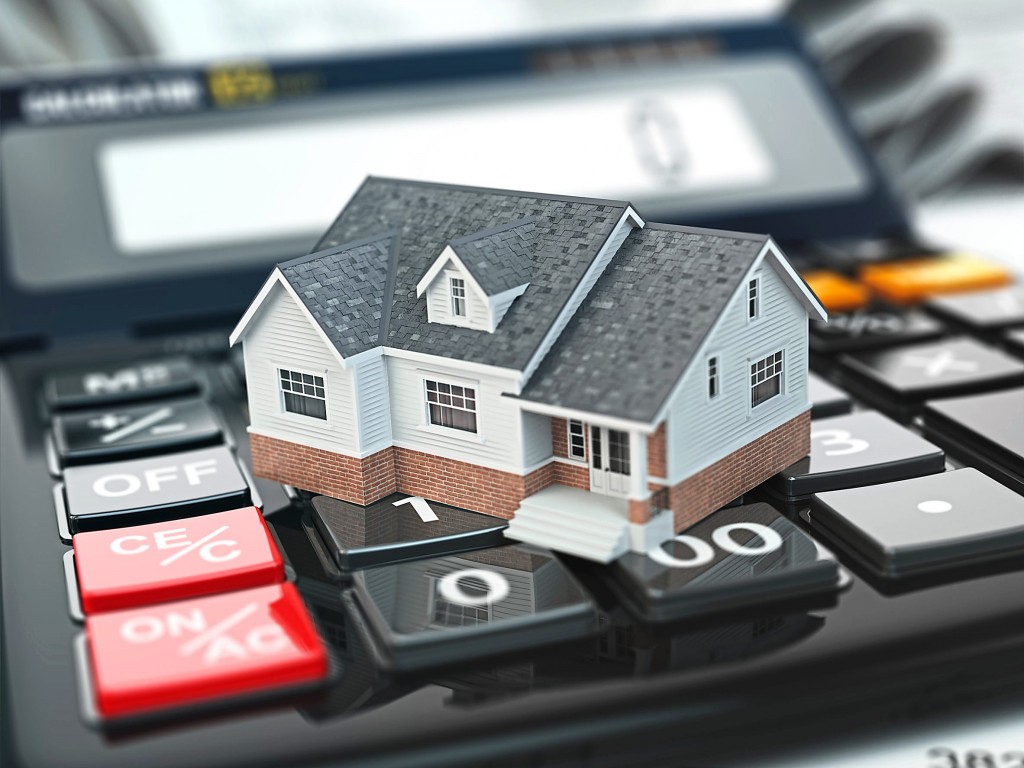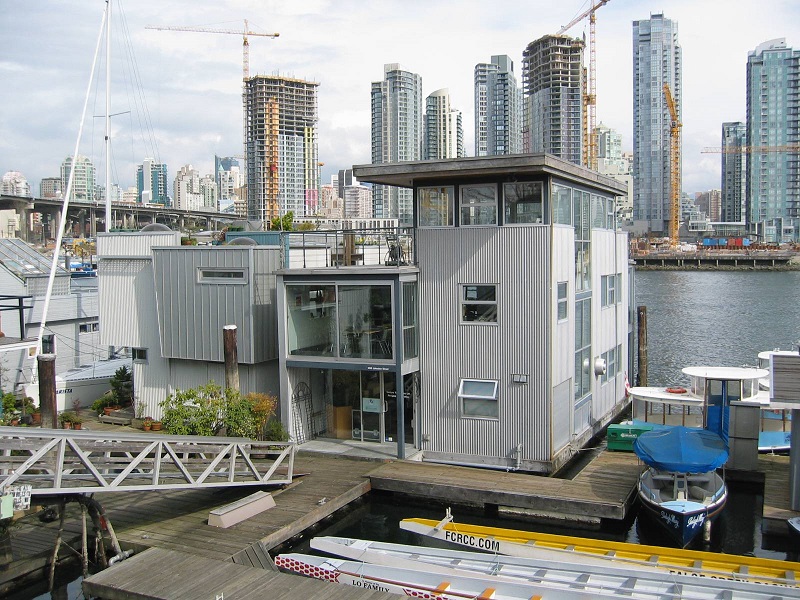By Joseph Wong
In Malaysia’s vibrant and often high-priced property market, a real estate listing below RM100,000 is a rare sight, akin to finding a four-leaf clover. When they do appear, usually as sub-sale properties, they are typically older, low-cost apartments that have long passed their moratorium period of 10 or more years. These are not the modern, gleaming condominiums that dominate urban landscapes. Instead, they are often poorly maintained buildings situated in densely populated clusters and in locations that most would consider undesirable.
These properties are a stark reminder of a different era of urban planning, often nestled in older, well-established areas like Chow Kit, Pudu or Kampung Attap. On the rare occasion that one pops up within the city centre, it is usually tucked away behind derelict shophouses, invisible to the casual observer. The residents in these aged apartments are often from the B40 income group or are populated by foreign workers seeking cheap rentals, leading to unfortunate and well-documented social issues, including excessive noise, sanitary problems and a general lack of upkeep for communal areas. Beyond the immediate living conditions, these buildings are also ticking time bombs of deferred maintenance, with electrical and plumbing issues likely just around the corner.
This leads to a simple, yet profound, question that many in the property world ask: Who in their right mind would buy or invest in such properties? For the vast majority of Malaysians, the thought of buying a property that requires immediate and costly repairs, is located in an unappealing area and is plagued by social issues, is a non-starter. These properties are often seen as a liability, not an asset.
However, a closer look at the market reveals a fascinating truth. A super tiny number of people not only buy these properties but actively hunt for them. These are not naive buyers but a specific group of strategic investors and homebuyers who understand the unique dynamics of this niche market. To truly understand why these properties hold a peculiar kind of value, we need to shift our perspective from the conventional metrics of modern real estate and delve into the world of high-risk, high-reward and necessity-driven real estate.
The power of a low entry point
For a certain breed of savvy investor, the unappealing aesthetics and social challenges of a property below RM100,000 are not deal-breakers but rather an intrinsic part of its value proposition. The key lies in one simple equation: A low entry price can translate into a better rental yield.
Consider a low-cost apartment bought for RM80,000. Even if it can only be rented out for RM600 per month, that still represents an annual rental income of RM7,200. This translates to an attractive rental yield of 9%, a figure that would make most owners of high-end condominiums green with envy. For properties in the RM100,000 to RM200,000 range, a monthly rental of RM800 to RM1,200 is still possible, which can still deliver a strong rental yield of 5-8%.
The most significant advantage for this investor is the positive cash flow from day one. With such a low purchase price, the investor can often pay in cash, completely bypassing a mortgage. This eliminates interest payments, loan processing fees and the risk of being saddled with debt should the property remain vacant. The rental income, however modest, becomes pure profit after deducting maintenance fees and sinking funds, which are usually pegged at a minimal sum, and utilities are usually borne by tenants. This is a game of numbers, where a small, consistent cash flow from a portfolio of five or six such properties can generate a substantial monthly income.
The target market for these rentals is also a critical part of the strategy. The demand for low-cost housing, particularly from foreign workers, students and low-income local families, is consistently high. This is a reliable tenant base, even if it comes with its own set of management challenges. A landlord who is adept at handling these issues—screening tenants carefully, setting clear rules and managing maintenance proactively—can build a very stable and profitable rental business.
The home buyer's perspective
While investors see these properties as cash flow machines, for a different group of buyers, they represent a genuine opportunity for homeownership, often the only one. In a country where the median house price continues to outpace household income growth, a property below RM100,000 offers a tangible solution to the perennial problem of affordable housing.
For a young professional or a small family with a limited budget, buying a low-cost apartment, even a poorly maintained one, is a crucial stepping stone. It allows them to escape the cycle of paying rent, which is essentially throwing money away, and instead start building equity. Even if the property's value only appreciates marginally, it serves as a foothold in the property ladder. In a few years' time, they can sell the unit, using the proceeds as a down payment for a slightly better, more modern home. It is a sacrifice of comfort for financial stability, a strategic choice made by thousands of Malaysians every year.
Not without challenges
It would be naive to suggest that buying these properties is a risk-free venture. The low price comes with a host of significant challenges that a potential buyer must be prepared to face.
Firstly, maintenance is a perpetual issue. The communal areas are often neglected and the low collection rates of maintenance fees can make it difficult for the management committee to fund essential repairs. This means that a buyer may have to deal with broken elevators, poor lighting and dirty common spaces. Secondly, the potential for costly and unforeseen repairs on an individual unit is high. A property that is decades old is likely to have rusty pipes, outdated wiring, and leaky roofs, all of which can easily exceed the original purchase price.
Finally, the social challenges mentioned earlier are a reality. Dealing with noisy neighbours, resolving disputes and ensuring tenants adhere to house rules requires a hands-on approach and a specific set of management skills. This is not a passive investment; it is an active business that demands time and attention.
While the average person might dismiss properties below RM100,000 as being not worth it, they hold a specific and undeniable value for a niche segment of the market. These properties are not for everyone and the risks are real and numerous. However, for those who understand the market, have the right strategy and are prepared to deal with the inevitable challenges, these low-cost homes can be a rewarding and viable investment. They serve as a powerful reminder that in the world of property, value is not always measured in modernity and luxury but sometimes in the simple, yet profound, metrics of practicality and price.
Stay ahead of the crowd and enjoy fresh insights on real estate, property development and lifestyle trends when you subscribe to our newsletter and follow us on social media.






